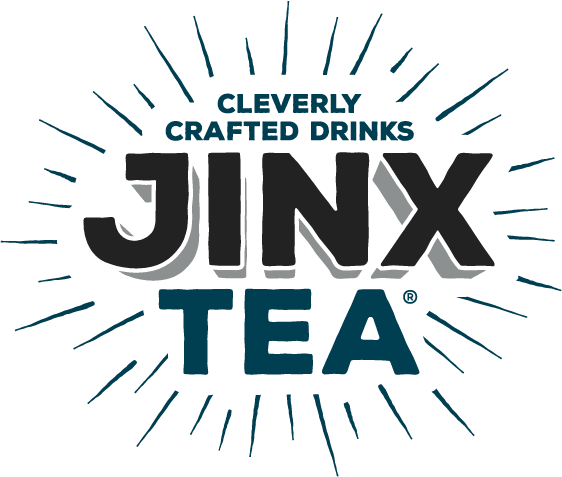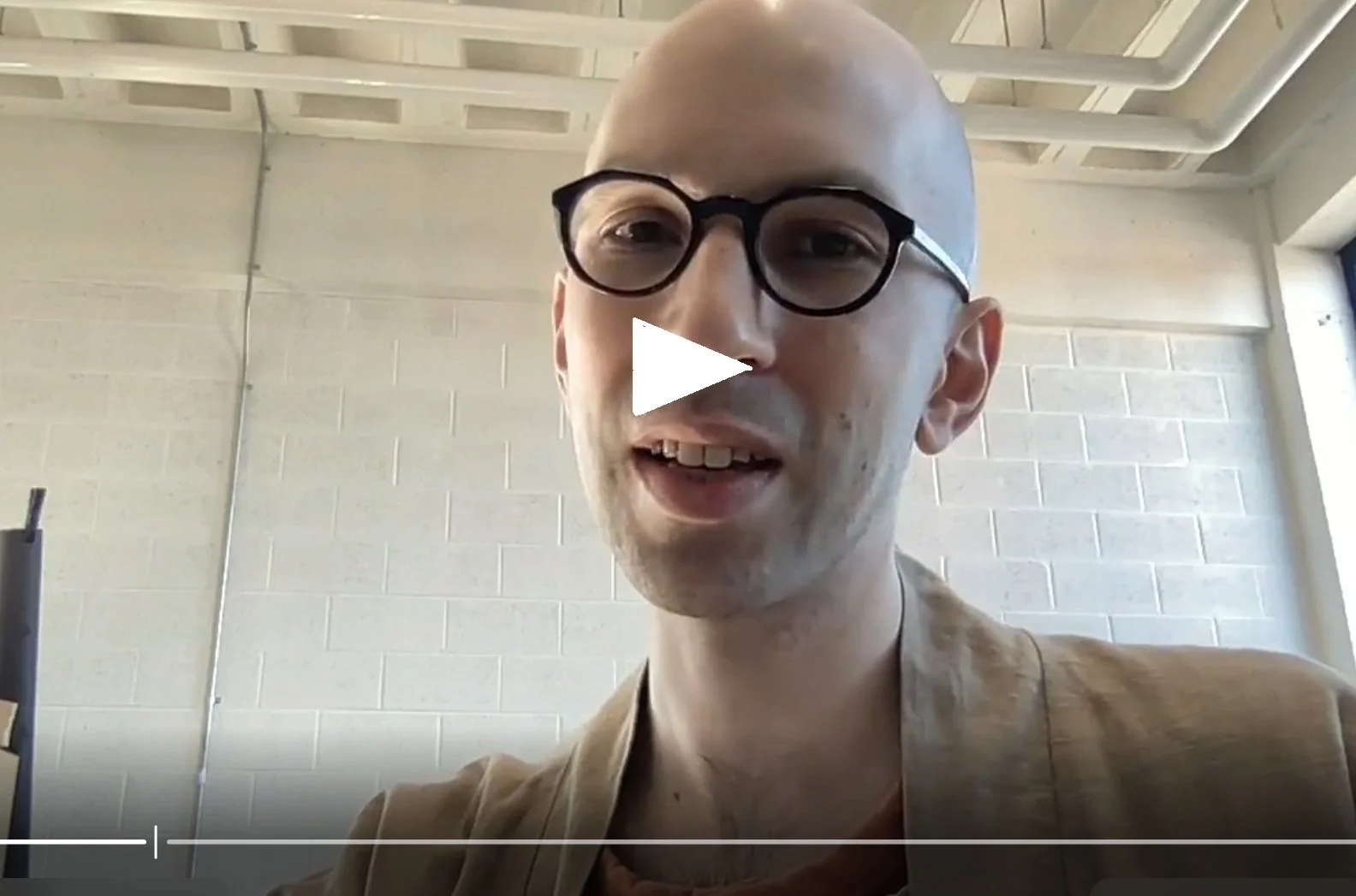Sourcing Quality Loose-Leaf Tea: An Interview with David Duckler (Verdant Tea)
TL;DR: Jinx brews real loose-leaf tea sourced through Verdant Tea’s direct partnerships with small family farms in China. High-elevation plots, biodiversity, hand-picking, and small-batch finishing produce aromatic, layered tea that needs less sweetness and carries a true sense of place.
Quick Summary
Direct trade, real farms: Multi-generational families grow and finish the teas we brew.
No plantation shortcuts: High-mountain gardens, forest cover, bird-led pest control, and low-yield methods.
Small batches, fresh harvests: Hand-picked at peak season, finished by craftspeople who adjust for weather and seasonality.
Traceable supply chain: Farmers are named. Leaves are sealed and exported by Verdant, then brewed by Jinx in Minneapolis.
Better flavor, better value: Higher craftsmanship in the leaf, not flavor houses or concentrates.
Meet the Sourcing Partner: Verdant Tea
Guest: David Duckler, Verdant Tea
Verdant Tea has built long-standing relationships with small family farms since 2011, many dating back to David’s research and university days in China. The growers are friends, teachers, and co-owners who manage their own land and set their own prices.
“Jinx is the first ready-to-drink beverage using tea at this quality level and naming the farmers behind it.”
Why We Reject the “Old Model”
Large, low-elevation monocultures rely on synthetic inputs, machine harvesting, and multi-layer brokers. Leaves get older at every step, origins blur, and the farmer’s share shrinks.
Jinx + Verdant’s model: work directly with a small network of families, buy fresh seasonal lots, export under the farmer’s own label, and brew the real leaves. Fewer hands. More integrity.
How Biodiversity Translates Into Flavor
The farms maintain forest cover and mixed plantings (wildflowers, soybeans, bamboo, evergreen). Birds handle pests. Mulched cover crops feed the soil. The tea plants work harder in this living ecosystem and concentrate the compounds that drive both aroma and structure.
In the cup: brighter aromatics, deeper mid-palate, cleaner finish. It tastes like tea, not candy.
Three Farm Stories Behind Jinx
1) Qianjiazhai Cooperative, Yunnan
What’s special: Wild-foraged tea from ancient trees (many 600–1,500 years old) in a protected national forest.
Why it matters: Local leaders organized a cooperative to protect trees from poaching and to fund practical needs like mountain roads and school access.
Flavor cues: Pure, resonant aromatics with a long, steady finish.
2) Laoshan, Shandong — The He Family
What’s special: Ocean-facing slopes of Mount Lao. Tea revived from temple cuttings generations ago; now a village cooperative.
Farming reality: Cold winters, meticulous protection, hand-picking, small-batch finishing.
Flavor cues: Clean, mineral, sweet-grain notes with gentle texture. He Family black tea anchors our chai profile.
3) Master Zhang, Anxi, Fujian (Tieguanyin Oolong)
What’s special: Researcher-farmer restoring nearly lost oolong techniques and leading a zero-impact agriculture vision for his mountain village.
Why it matters: Quality revival that helps families keep land and craft.
Flavor cues: Floral lift, creamy body, elegant structure. It brings cocktail-like depth to sparkling tea.
Certifications, Transparency, and Doing It Right
“Our partners own their land, set their prices, and keep multi-generational stewardship at the center. That is the real standard.”
The tea farmers we work with aren’t industrial estates chasing labels. They are small, heritage growers — families who have farmed the same land for generations, using methods passed down long before “organic” was a marketing term.
Their practices go beyond certification:
Biodiversity instead of monoculture
Birds and natural predators instead of pesticides
Cover crops & wild plants as natural soil health
Hand-picked, hand-finished tea — not factory processed
For many of these farmers, certification programs are expensive, designed for large corporate farms, and don’t reflect the way their land has always been tended. When your tea trees are centuries old, and your family plans to pass the farm to the next generation, you don’t farm for a sticker — you farm for legacy.
We choose to honor that work through direct partnerships, transparent sourcing, and real storytelling — not just icons on packaging.
Flavor, integrity, and respect for the craft come first.
Brewing Real Leaves at Scale
Brewing loose-leaf tea for an RTD is time-intensive and harder than using concentrates or “tea flavors,” but it safeguards freshness, texture, and aroma. Some wild regions harvest once per year, which means Jinx plans production against a single pick window. Worth it.
What You’ll Taste In Jinx
Aromatics first: florals, fruit, spice, mineral notes from the leaf itself
Gentle structure: satisfying tannin without harshness
Balanced sweetness: flavor leads, sugar supports
Sense of place: mountain water, forest cover, elevation, and hands that know the craft
Five Fast Questions with David Duckler
Q: Why do these teas taste so alive?
A: High-mountain biodiversity and small-batch finishing. Farmers adjust every step to the day’s weather and leaf.
Q: What changed when you worked with Jinx?
A: RTD has never showcased named-farmer teas like this. It challenges the category and rewards the growers.
Q: How often are the wild trees harvested?
A: Usually once a year. Planning and restraint protect the trees and improve quality.
Q: Do you use pesticides or flavor houses?
A: No. Birds and biodiversity control pests; cover crops feed the soil. We brew leaves, not flavors.
Q: What signal should buyers look for in tea labeling?
A: Name the farmer, the place, and when it was picked. If that is missing, be cautious.
FAQs
Is Jinx organic or fair trade?
We source directly from families whose practices meet or exceed typical standards without relying on costly third-party stickers. We prioritize documentation, testing, and farmer-set pricing.
How does this affect cost and value?
More labor, more care, and fresher leaves mean higher ingredient cost than typical RTD. We choose flavor and integrity over shortcuts.
Where are the farms located?
Yunnan (Qianjiazhai), Shandong (Laoshan), and Fujian (Anxi), among others.

